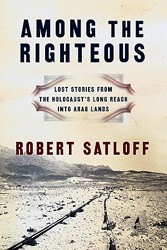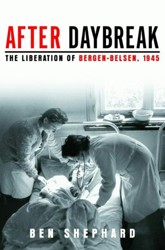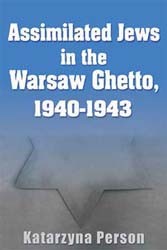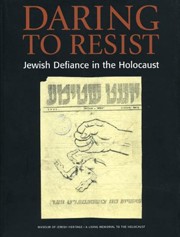Located in the small village of Chelmno (not to be confused with the city of the same name), in Kolo County, Poland, the infamous death camp was renamed Kulmhof by the Germans following the occupation of Poland. Although the Holocaust is often associated with Auschwitz, Belzec, Sobibor, and Treblinka, among other venues of mass murder, Chelmno holds a central place in the history of the Shoah. Chelmno, which became operative on December 8, 1941, was the first permanent death camp where Jews were killed by poison gas on a mass scale. Indeed, Chelmno was the Nazis’ major killing ground for Jews in the Warthegau region of the annexed part of German-occupied Poland. Prior to the camp’s founding, the Germans had introduced gas vans in Poland, which travelled from place to place collecting Jews for mass murder. Subsequently, the Nazi perpetrators concluded that it would be more efficient to establish permanent extermination camps and transport the Jews to these sites in order to gas them.
This entire sordid history is told in detail by Shmuel Krakowski in his important account of Chelmno which, compared to Auschwitz and the Aktion Reinhard death camps, has had little written about it in the historiography of the Holocaust. This vacuum has been ably filled by Krakowski, who was born in Warsaw and during the Holocaust was confined with his family in the Lodz ghetto. Subsequently, he was interned in Auschwitz and Buchenwald. Following the war, Krakowski went on to receive his doctorate at Hebrew University of Jerusalem and later directed the Yad Vashem Archives for many years.
Krakowski’s connection to Chelmno stems from the fact that no history of the death camp can be written without factoring in its relationship to the Lodz ghetto. In the first five months of 1942, for example, some 55,000 men, women, and children were deported from the ghetto and murdered in Chelmno. During the same five-month period, 9,573 people died in the ghetto of starvation and epidemics; thus the combination of transports to Chelmno and mass mortality subjected the ghetto to gradual physical eradication.
Few sources exist about the Chelmno camp, perhaps explaining the paucity of research on the subject. The Germans, states Krakowski, went to great lengths to keep secret all traces of mass murder, and toward that end they destroyed much of the relevant documentation. Nevertheless, some documents have survived which, to the extent possible, enabled Krakowski to describe the events related to the murder operations and the functioning of the camp.
Other sources that inform us about daily life in Chelmno came from Jewish inmates from the camp who “languished under the most appalling of conditions,” yet made every effort to document the events that transpired in Chelmno. According to Krakowski, these efforts were successful, as reports about Chelmno appeared during the war and serve as valuable documentation about the death camp. But this is not all. Invaluable documentation about the camp’s history and the gassing is contained in the transcripts of the trials of Nazis who were stationed in Chelmno. Both the Nazis themselves and the local residents from the Chelmno camp vicinity testified at these trials. By drawing on these three types of documentation — the German, the Jewish, and the trial transcripts (much of the testimony is included in his book)— Krakowski achieves a more penetrating look, albeit still insufficiently comprehensive, at the horror known as Chelmno.





